WILLIAM SHAKESPEARE is an anagram of I AM A WEAKISH SPELLER.
Literature
Unquote
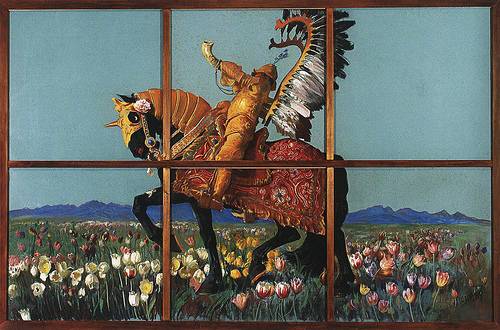
“People from a planet without flowers would think we must be mad with joy the whole time to have such things about us.” — Iris Murdoch
Over the Moon
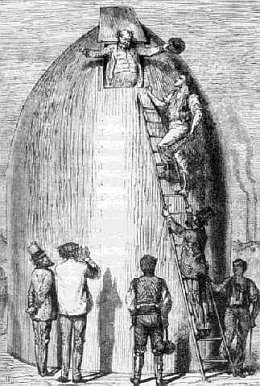
Jules Verne earned his title as the father of science fiction: His 1865 novel From the Earth to the Moon contains eerie similarities to the Apollo program that unfolded a century later.
Like Apollo 11, Verne’s story involved a crew of three being launched from the United States on a trip around the moon. The two spacecraft were of similar dimensions and weight, and both were mostly aluminum. (Verne’s craft was shot from a cannon called the Columbiad; Apollo 11’s command module was called Columbia.) Both were launched from the Florida peninsula after a competition with Texas; Congress resolved a similar contest in the 1960s, choosing Houston as home of Mission Control and Florida as the launch site — indeed, Verne’s craft takes off only 136 miles from today’s Kennedy Space Center. Both crews experienced weightlessness and used retrorockets, both missions were monitored by ground crews using telescopes, and both craft splashed down in the Pacific and were recovered by the Navy.
Some of this was guesswork, but some involved careful thought and intelligent speculation. Verne recognized that a vehicle can be launched into space most easily from low latitudes, and he undertook his own engineering analysis to design the projectile and the cannon that fired it. In his other novels, Verne describes antecedents of helicopters, air conditioning, projectors, automobiles, jukeboxes, the Internet, television, and submarines. “What one man can imagine,” he wrote, “another can do.”
“The Keats of Chess”
Rudolf Charousek had been playing chess for only four years when he found himself facing this position against Jakob Wollner at Kaschau in 1893:
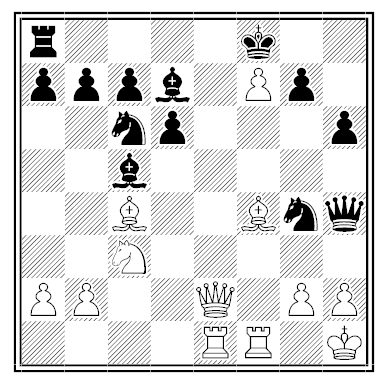
He found one of the most immortally pretty finishes in chess history — to discover it, read Kester Svendsen’s 1947 short story “Last Round,” which the game inspired.
Three years afterward, Charousek defeated Lasker at Nuremberg. “I shall have to play a championship match with this man someday,” the master remarked, but it was not to be — the Hungarian died of tuberculosis in 1900, at only 26.
Celestial
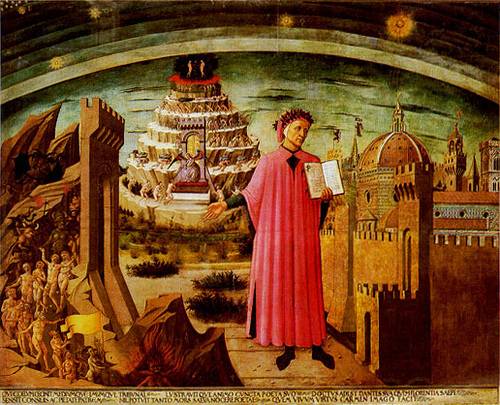
Each book in Dante’s Divine Comedy ends with the word stars.
Reference Work
No one knows who compiled the index for George Mivart’s 1889 book The Origin of Human Reason, but apparently he had strong opinions. On page 136 Mivart describes a certain cockatoo that seemed to reply articulately to questions. The indexer made these entries:
Absurd tale about a Cockatoo, 136
Anecdote, absurd one, about a Cockatoo, 136
Bathos and a Cockatoo, 136
Cockatoo, absurd tale concerning one, 136
Discourse held with a Cockatoo, 136
Incredibly absurd tale of a Cockatoo, 136
Invalid Cockatoo, absurd tale about, 136
Mr. —– and tale about a Cockatoo, 136
Preposterous tale about a Cockatoo, 136
Questions answered by a Cockatoo, 136
R—–, Mr. and tale about a Cockatoo, 136
Rational Cockatoo as asserted, 136
Tale about a rational Cockatoo, as asserted, 136
Very absurd tale about a Cockatoo, 136
Wonderfully foolish tale about a Cockatoo, 136
The same index contains entries for “Opening of oysters by monkeys” and “Dough, parrot up to its knees in.” Perhaps the man was just very thorough.
Coming and Going
A curious episode from Goethe’s autobiography:
I rode along the footpath towards Drusenheim, and here one of the most singular forebodings took possession of me. I saw, not with the eyes of the body, but with those of the mind, my own figure coming towards me, on horseback, and on the same road, attired in a dress which I had never worn ; — it was pike-grey with some gold about it. But as I shook myself out of this dream, the figure had entirely disappeared. It is strange, however, that eight years afterwards, I found myself on that very road, on my way to pay one more visit to Frederica, wearing the dress of which I had dreamed, and that, not from choice, but by accident.
“Whatever one may think on such matters in general,” he wrote, “in this instance my strange illusion helped to calm me in this farewell hour.” So there’s that.
A Very Grand Thing
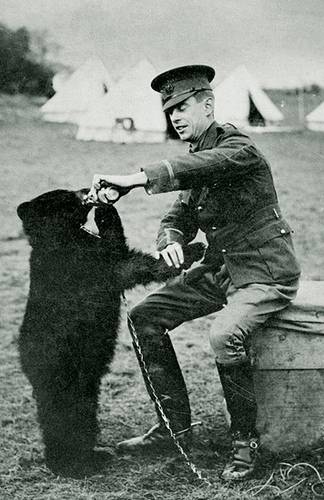
En route to a training camp in Quebec during World War I, Canadian army lieutenant Harry Colebourn bought a bear cub for $20 from a hunter in White River, Ontario.
He named her Winnipeg, after his hometown, and smuggled her to England, where “Winnie” became the mascot of his militia regiment.
Eventually he donated her to the London Zoo, where she became a great favorite of Christopher Robin Milne, the son of a local playwright.
You know the rest.
Child’s Play
In 1890, Daisy Ashford wrote The Young Visiters, a novella parodying upper-class English society. That might seem unremarkable—but the author was 9 years old:
They all went out by a private door and found themselves in a smaller but gorgous room. The Prince tapped on the table and instantly two menials in red tunics appeared. Bring three glasses of champaigne commanded the prince and some ices he added majestikally. The goods appeared as if by majic and the prince drew out a cigar case and passed it round.
One grows weary of Court Life he remarked.
The whole immortal thing is here.
Unquote
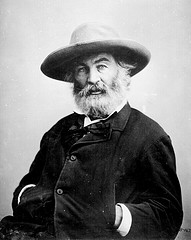
“I saw the book, but I didn’t read it at all — didn’t think it worth reading. Mother thought as I did.” — Walt Whitman’s brother George, on Leaves of Grass
